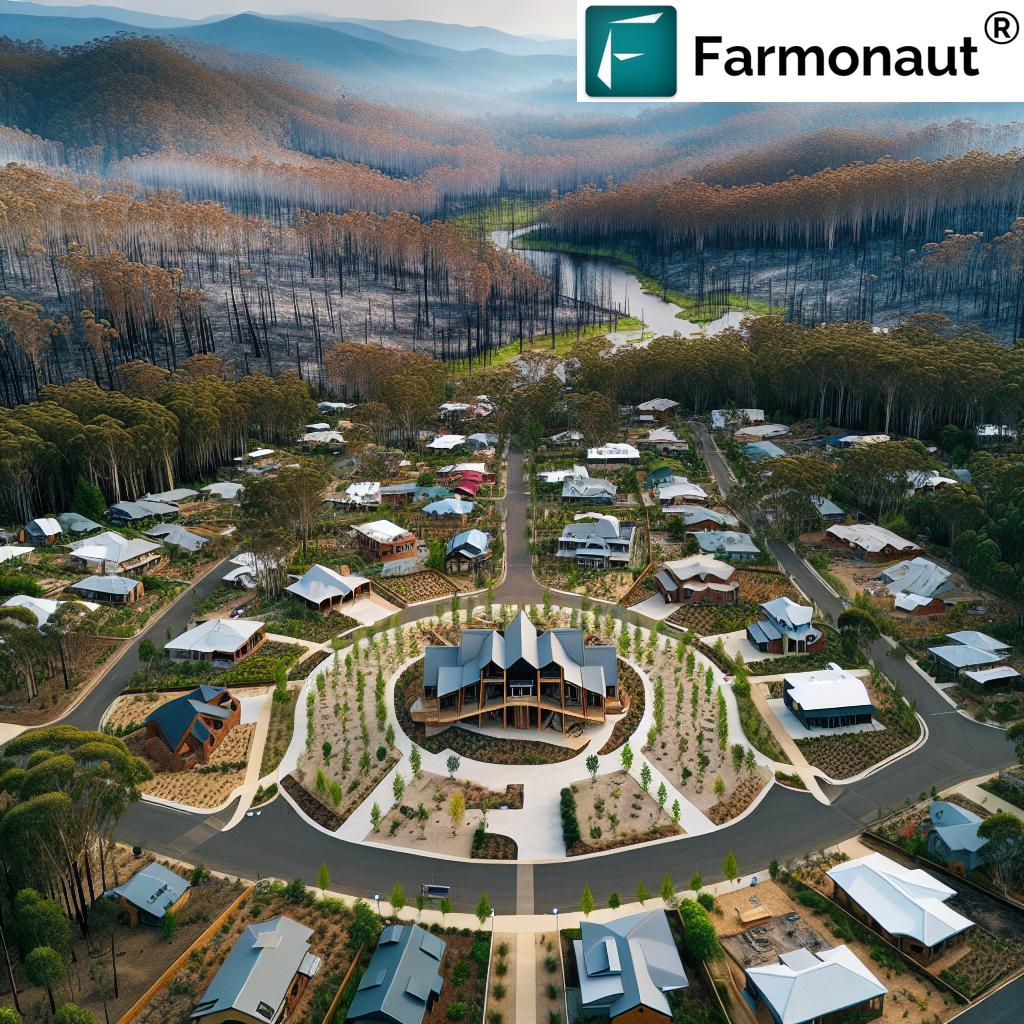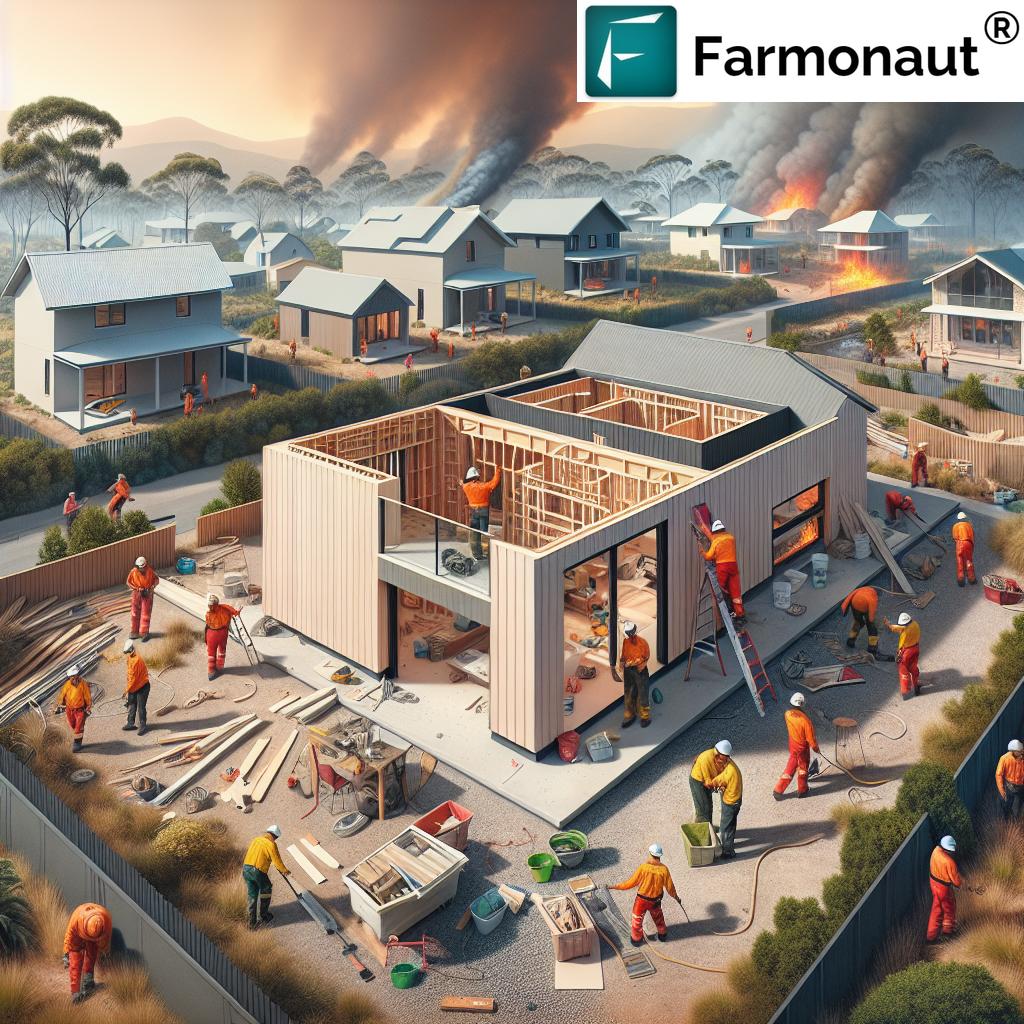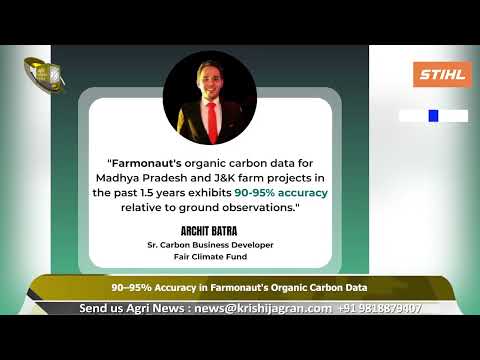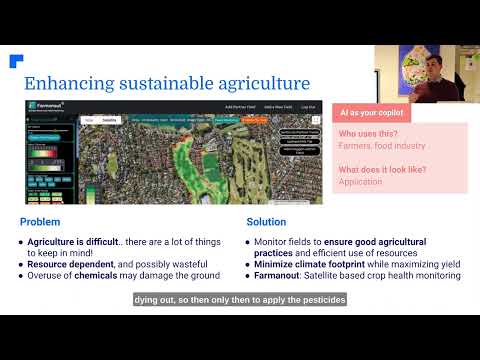Marysville’s Resilience: Rebuilding a Sustainable Australian Town After Black Saturday Bushfire Disaster
“Marysville lost 90% of its buildings in the 2009 Black Saturday bushfire, but has since rebuilt with fire-resistant structures.”
In the heart of Victoria, Australia, lies a town that has become a symbol of resilience and rebirth. Marysville, once a picturesque tourist destination nestled among the mountain ash forests, faced near-total destruction on February 7, 2009, during the devastating Black Saturday bushfires. Today, it stands as a testament to human perseverance and the ongoing challenge of rebuilding sustainably in the face of increasing wildfire threats.
As we delve into Marysville’s remarkable journey from ashes to renewal, we’ll explore the complex issues surrounding post-disaster recovery, the implementation of fire-resistant building codes, and the delicate balance between personal freedom and public safety in high-risk areas. This compelling narrative offers crucial insights for communities worldwide grappling with the realities of climate change and the ever-present danger of wildfires.

The Day That Changed Everything
On that fateful Saturday in 2009, Marysville faced an inferno of unimaginable proportions. Weeks of record-breaking heat had turned the surrounding forests into a tinderbox. When a downed power line sparked a fire, it quickly spread, fueled by 80-mph winds. The town, which had never experienced a major wildfire in living memory, was caught unprepared.
David Barton, a resident who had moved to Marysville just three years prior, initially reassured his wife that entire towns don’t burn down. However, as a 150-foot-high wall of flames approached, the horrifying reality became clear. Barton, like many others, was forced to flee with little more than the clothes on his back and his beloved dog, Jack.
The aftermath was devastating. Black Saturday claimed 173 lives across Victoria, with 39 deaths in Marysville alone. Of the town’s 550 buildings, only 14 remained standing. The community of just over 500 people found itself facing an existential crisis: How could Marysville be rebuilt to be safer from fire? Or should it be rebuilt at all?
The Debate Over Rebuilding
In the immediate aftermath of the disaster, the Victorian government promised to support Marysville’s reconstruction. Then-state premier John Brumby emphasized the importance of restoring the town’s commercial heart and leveraging its natural beauty to attract people back.
However, this vision faced significant opposition from fire experts and urban planners. A panel of experts convened by the government assessed the risk and concluded that rebuilding Marysville was too dangerous. Roz Hansen, a planning expert on the panel, stated unequivocally, “Some towns you can never protect from another Black Saturday-style fire. Marysville is one such town.”
The experts pointed to several immutable risk factors:
- Dense surrounding forests
- Limited escape routes
- Unpredictable wind patterns common to the region
Hansen and others argued that the bushfire risk was sufficient justification to override people’s freedom to live where they please, citing the danger posed not only to residents but also to firefighters and emergency service personnel.
Despite these warnings, the deeply ingrained Australian ethos of “my home is my castle” prevailed. Political considerations also played a role, as no politician wanted to be seen as preventing people from rebuilding their lives. By the time the expert commission recommended against building new houses in high-risk areas, reconstruction was already underway, backed by tens of millions of dollars in government funding and public donations.
The Challenges of Rebuilding
For residents like David Barton, the decision to rebuild was deeply personal. The fire had not only destroyed his home and business but had also erased tangible connections to his past – photographs, letters, and mementos. Rebuilding in Marysville seemed like the only way to heal and reclaim his identity.
However, the process was far from smooth. Many residents, traumatized by their experiences, couldn’t bear to return. Others were concerned about the ongoing fire risk. The community found itself divided over what the future Marysville should look like.
The government brought in consultants who envisioned Marysville as a “showcase environmentally sustainable place.” This vision clashed with many residents’ desire to restore the town’s historic charm. New structures, built in sleek urban styles, were met with mixed reactions from the community.
Financial considerations also played a significant role in who could return. Well-insured residents received payouts that allowed them to start fresh elsewhere. The government offered to buy out homes within about 100 yards of “significant forest.” However, the uninsured and underinsured found themselves priced out by the cost of rebuilding, which far exceeded the government stipends offered.
Implementing Fire-Resistant Building Codes
One of the most significant changes in Marysville’s reconstruction was the implementation of stringent fire-resistant building codes. Australia had introduced bushfire building codes in the 1990s, but the Black Saturday fires prompted a major overhaul.
New regulations for “bushfire-prone areas” – which now encompass almost all of Marysville – include:
- Minimum “defendable space” between homes and vegetation
- Fixed water supply requirements
- Use of non-flammable construction materials
- Specific design features to reduce ember penetration
These measures aim to create structures that can withstand intense fire conditions, giving residents a better chance of survival if evacuation isn’t possible. However, some fire experts argue that even these enhanced measures may not be sufficient in the face of the most extreme fire events.
The Role of Climate Change
The rebuilding of Marysville cannot be discussed without addressing the elephant in the room: climate change. As global temperatures rise, the frequency and intensity of bushfires in Australia are expected to increase.
Greg Mullins, a former fire commissioner for New South Wales, warns that despite the new safety measures, Marysville will almost certainly burn again. He points to the unpredictable wind patterns that doomed the town in 2009 – a factor that no amount of engineering can change.
This reality raises difficult questions about the long-term sustainability of towns like Marysville in high-risk fire zones. It also highlights the need for broader strategies to address climate change and mitigate its impacts on vulnerable communities.

Marysville Today: A Town Reborn
Despite the challenges and ongoing debates, Marysville has managed to rebuild and attract new residents. A 2021 census counted 453 people living in the town, down from its pre-fire population but a significant recovery nonetheless.
The landscape has changed. The forests surrounding Marysville are once again lush and thick, but the town itself bears the hallmarks of its rebirth. Many buildings now feature the synthetic sheen of fire-resistant cladding. Restaurants, lodges, and cafes cater to a steady stream of hikers and tourists.
However, the town’s painful history is not entirely forgotten. A Black Saturday memorial bears the names of the dead, reminding visitors and residents alike of the tragedy that reshaped this community.
“The Black Saturday bushfires affected 78 communities across Victoria, with Marysville being one of the most severely impacted towns.”
Lessons for the Future
Marysville’s journey offers valuable lessons for other communities facing similar risks:
- Importance of Preparedness: The lack of prior experience with major bushfires left Marysville vulnerable. Communities in fire-prone areas must prioritize preparedness and regular drills.
- Balancing Rebuilding and Safety: The decision to rebuild in high-risk areas must carefully weigh personal attachments against long-term safety considerations.
- Adapting to Climate Realities: As climate change increases fire risks, communities and governments must be willing to adapt and potentially reconsider settlement patterns in vulnerable areas.
- Community Involvement in Reconstruction: The tensions over Marysville’s rebuilding highlight the importance of including local voices in post-disaster planning.
- Ongoing Vigilance: Even with improved building codes and safety measures, communities in fire-prone areas must maintain constant awareness and preparedness.
The Role of Technology in Disaster Preparedness and Recovery
As we reflect on Marysville’s experience, it’s worth considering how advancements in technology could play a crucial role in preventing future tragedies and aiding in recovery efforts. While not directly involved in Marysville’s rebuilding, companies like Farmonaut are at the forefront of developing tools that could be invaluable for communities in fire-prone areas.
Farmonaut, a pioneering agricultural technology company, offers satellite-based management solutions that could be adapted for bushfire monitoring and prevention. Their platform provides real-time monitoring capabilities that could be used to track vegetation health and moisture levels – key factors in assessing fire risk.
Some potential applications of such technology in bushfire management include:
- Early detection of high-risk conditions through satellite imagery
- AI-driven predictions of fire spread based on vegetation patterns and weather data
- Improved evacuation planning using real-time data and mapping
- Post-fire assessment of vegetation recovery and land use planning
While these technologies weren’t available during Marysville’s initial recovery, they represent the future of disaster preparedness and could play a significant role in protecting vulnerable communities.
Marysville Bushfire Recovery Timeline
| Year | Event/Milestone | Impact on Community |
|---|---|---|
| 2009 | Black Saturday Bushfires | 90% of Marysville destroyed, 39 lives lost |
| 2010 | Implementation of new bushfire building codes | Increased safety standards for rebuilding |
| 2011 | Opening of temporary business hub | Supported local economic recovery |
| 2013 | Completion of major infrastructure projects | Restored essential services and community facilities |
| 2015 | Population reaches 50% of pre-fire levels | Significant milestone in community recovery |
| 2019 | 10-year anniversary commemorations | Reflection on progress and ongoing challenges |
| 2021 | Census counts 453 residents | Demonstrates substantial population recovery |
The Ongoing Challenge of Living with Fire
Marysville’s story is far from over. As the town continues to evolve and grow, it faces the ongoing challenge of balancing development with fire safety. The lessons learned here have implications far beyond this small Australian town.
Around the world, communities in fire-prone areas are grappling with similar issues. From California to Greece, the increasing frequency and intensity of wildfires are forcing a reevaluation of how and where we build our homes and communities.
The experience of Marysville underscores the need for:
- Robust and regularly updated evacuation plans
- Ongoing community education about fire risks and preparedness
- Investment in fire-resistant infrastructure and building techniques
- Consideration of managed retreat from the most high-risk areas
- Integration of climate change mitigation strategies into long-term planning
A Beacon of Hope and a Cautionary Tale
Marysville’s journey from devastation to rebirth serves as both a beacon of hope and a cautionary tale. It demonstrates the incredible resilience of communities in the face of disaster, while also highlighting the ongoing vulnerabilities that exist in fire-prone regions.
As we look to the future, it’s clear that addressing these challenges will require a multifaceted approach. This includes:
- Embracing innovative technologies for fire detection and management
- Implementing and enforcing stringent building codes in high-risk areas
- Developing comprehensive land use policies that account for fire risk
- Investing in research to better understand and predict fire behavior in a changing climate
- Fostering strong community bonds and support systems to aid in recovery efforts
The story of Marysville reminds us that while we cannot always prevent disasters, we can work together to build more resilient communities. It’s a testament to human perseverance and adaptability in the face of overwhelming odds.
Looking Ahead: The Future of Fire-Resilient Communities
As we conclude our exploration of Marysville’s remarkable journey, it’s clear that the challenges of living in fire-prone areas are far from over. However, the town’s experience offers valuable insights for communities around the world facing similar risks.
The future of fire-resilient communities will likely involve:
- Adaptive Planning: Flexible, long-term strategies that can evolve with changing climate conditions and fire risks.
- Technological Integration: Leveraging advanced technologies like satellite monitoring, AI-driven predictive models, and early warning systems.
- Community Engagement: Fostering a culture of preparedness and shared responsibility among residents.
- Sustainable Development: Balancing growth with environmental conservation and fire risk management.
- Global Collaboration: Sharing knowledge and best practices across countries and regions facing similar challenges.
As we face an uncertain future shaped by climate change, the lessons from Marysville will continue to inform and inspire communities worldwide. The town’s resilience in the face of unimaginable tragedy serves as a powerful reminder of our capacity to rebuild, adapt, and thrive, even in the most challenging circumstances.
FAQs
- Q: What caused the Black Saturday bushfires in Marysville?
A: The fire was sparked by a downed power line during extreme heat and high winds, quickly spreading through the dry forest surrounding the town. - Q: How many buildings were lost in Marysville during the Black Saturday fires?
A: Out of 550 buildings in Marysville, only 14 remained standing after the fire. - Q: What changes were made to building codes after the Black Saturday fires?
A: New regulations included minimum “defendable space” between homes and vegetation, fixed water supply requirements, and the use of non-flammable construction materials. - Q: How has Marysville’s population recovered since the fires?
A: As of 2021, Marysville’s population had reached 453 residents, showing significant recovery but still below its pre-fire levels. - Q: What role does climate change play in the risk of future bushfires in Marysville?
A: Climate change is expected to increase the frequency and intensity of bushfires in the region, posing an ongoing challenge for Marysville and similar communities.






